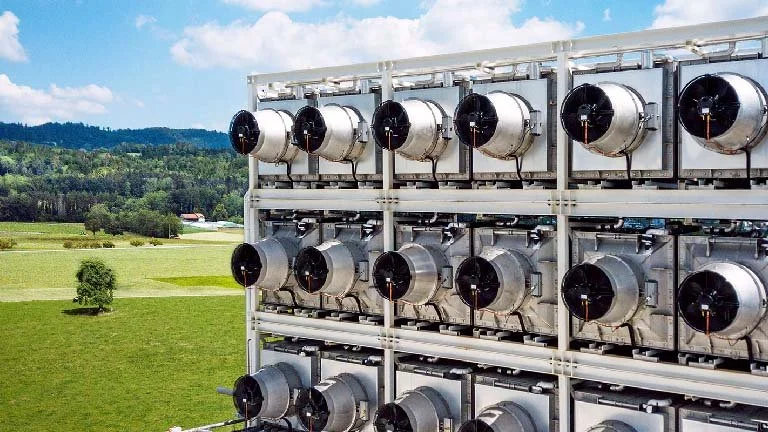Compensate for the emissions that cannot be reduced by investing in gold standard removals
Carbon removal involves the extraction of carbon dioxide from the atmosphere, followed by its secure storage for extended periods ranging from decades to millennia. While it holds the potential to slow, limit, or even reverse climate change, it should not be viewed as a substitute for the crucial task of reducing greenhouse gas emissions. Carbon removal is interchangeably known as carbon dioxide removal (CDR), and the technologies facilitating this process are often termed Negative Emissions Technologies (NETs).
What are carbon removals?
Key Approaches to Carbon Removals
Afforestation and Reforestation
Soil Carbon Sequestration
Establishing extensive new forests to enhance carbon absorption.
Biochar Carbon Sequestration
Utilizing practices like no-till agriculture to augment carbon storage in soils.
Bioenergy with CCS or BECCS
Generating charcoal and incorporating it into fields or burying it.
Enhanced Mineralization
Capturing and sequestering carbon from biofuels and bioenergy plants.
Direct Air Capture Technology
Dispersing crushed rocks over land to absorb carbon dioxide from the air or exposing them to carbon dioxide-rich fluids.
Developing machines designed to directly extract carbon dioxide from the atmosphere and securely store it underground.
Why your business should consider Carbon Removals
In addressing the critical challenge of climate change, it is widely acknowledged among climate models that mere emission reductions are insufficient. To effectively mitigate the impact, a crucial aspect involves the permanent removal of gigatons of carbon dioxide already existing in the atmosphere and oceans.
Businesses, recognising that certain emissions may reach a limit in reduction feasibility, should actively explore and invest in removal projects as part of their comprehensive climate action strategies. This proactive approach enhances environmental responsibility, compliance readiness, and stakeholder engagement. It also positions businesses as innovative leaders, fostering resilience to climate impacts and ensuring a sustainable future.






